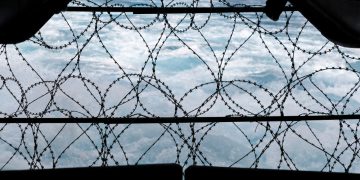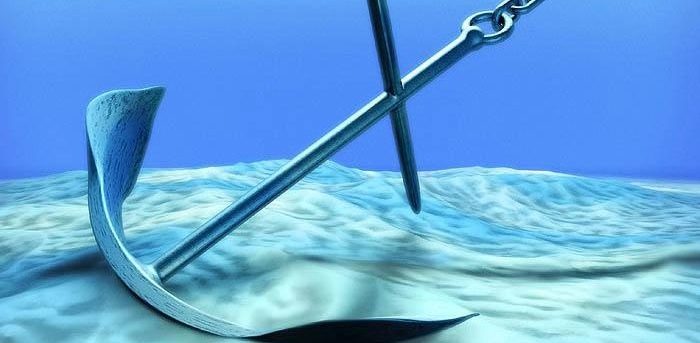Accidents involving ships at anchor usually occur when the anchor drags and the vessel drifts without holding power, leading to collisions, groundings or strandings. In a recent Loss prevention guide, the Japan P&I Club shared key countermeasures for preventing an anchor dragging in stormy weather.
When such incidents occur, the following considerations should be taken into account:
- It can take some time to realize the anchor is dragging, despite the fact that the ship is drifting.
- It takes some time to weigh the anchor and restore the ship to full manoeuvrable condition, even though the ship may be drifting for that period.
- During the period beginning with the detection of dragging to the time full control is achieved over the ship’s manoeuvrability, the vessel may run dangerously close aboard, or into another ship or structure, or into shoal water. Unless heavy weather causes the vessel to capsize, no serious accident should occur just because a ship is dragging its anchor, provided there is enough space around it for manoeuvrability and enough time available.
Recommendations
- Make the deep draft: The ship’s weight will increase, and the chance of the vessel horsing will decrease. Also, a decrease in wind pressure area can decrease the impact of external forces. Remarks: Consider increasing ballast quantity and hull strength.
- Even keel, or by the head (trim by bow) if possible, is to be applied: Horsing (yaw and sway) motion can be limited when wind pressure centre is moved to the stern. Remarks: Consider increasing ballast quantity and hull strength. Maintain propeller immersion.
- Veer anchor cable: Because holding factor between the anchor cable and sea bottom increases and catenary length increases, it is effective for improvement of anchor holding power and mitigation of impact force added to cable. Remarks: It takes 3 minutes heave-in one shackle (longer time taken during rough seas). The longer the veered anchor cable, the more time it will take.
- To drop the other anchor as a snubber anchor: It is effective to drop the snubber anchor because it can halve the amount of horsing (yaw and sway) motion which will decrease the amount of impact force on the anchor by approximately 30 to 40%. Remarks: Consider length needed for a second cable. One and a half times the depth of water will be needed. Consider the possibility of cable fouling, particularly when pitching heavily.
- From the outset of anchoring, deploy both anchors: Anchor holding power increases when riding at two anchors. Two-anchor mooring restricts horsing (yaw and sway). Remarks: There is a danger that the anchor cables may tangle. Two-anchor mooring is not flexible when the wind direction changes.
- Main Engine, steering in combination with bow thruster: It is an effective way to suppress horsing (yaw and sway) when an attempt is made to stand bow against the wind, using a combination of dead slow ahead speed and steering. Remarks: It is necessary to have in-depth meetings with the engine department. Ensure that the bow thrusters are kept submerged when the ship is pitching and rolling. Loosen the anchor chain temporarily by manoeuvring forward, and note that any sudden increase in tension may breakout the anchor when the hull falls leeward, which may lead to anchor dragging.
…It is a requirement that as much weather information be available as possible in order better ensure safety. Also, the Master should not be alone in making a judgement, it is also necessary for operators and ship management companies to support the Master. Even if dragging anchor is already under way, the ship’s posture may be adequately controlled if it is detected at an early stage,
…the report reads.
Explore more herebelow:































































